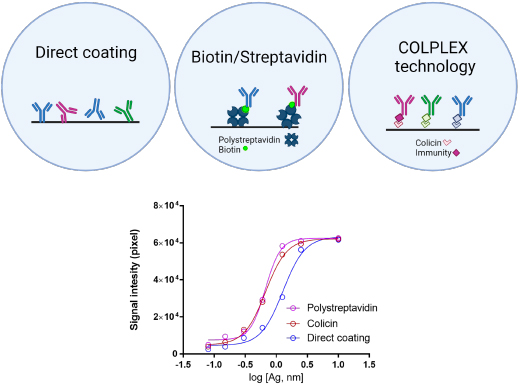Evidence / Results
Based on the internal proof-of-concept, BIOASTER has investigated a more realistic application of its technology. through funding from the BMGF (Bill & Melinda Gates Fundation), BIOASTER is currently developing a first 3plex LFA immuno-assay and also demonstrate the feasibility of using the technology in a molecular LFA test.
At this stage and with regard to the objective a developing a field test the following outcomes have been obtained or are currently in progress
- 3 best pairs selected for multiplexing
- 3 bioconjugated Im-Ab and/or Im-Ab fusion proteins
- Dry assay demonstrator with known sensitivity/specificity performances compared to reference assay
- Protocol of Col/Im use in molecular detection
Advantages
COLPLEX provides an additional tool for increasing the sensitivity of a simplex test (via detection in solution). Currently, only Streptavidin-Biotin offers the same specificity and affinity, but Streptavidin-Biotin method is susceptible to interference from high biotin concentrations in blood samples and several Streptavidin-Biotin like couples with similar high affinities are not available for multiplex applications.
COLPLEX is also a tool for developing sensitive multiplex assays via in-solution detection, instead of direct spraying which can limit capture probe efficiency. The use of COLPLEX also makes it possible to develop a generic LFA support, facilitating the development of new assays, and potentially reducing production costs (yet to be demonstrated).
Potential Applications
COLPLEX technology can be applied in many different technological contexts and business areas. However, the first area of application is LFA for diagnostics. In this field, there is a need for additional tools to increase the sensitivity of tests, especially multiplex tests.
All diagnostics players developing LFA are potentially interested in having an additional tool for developing higher-performance tests.
Players are particularly interested if they have performance concerns in a current test (simplex or multiplex sensitivity) or have a non-optimal test format to achieve the required performance (notably the use of several strips).
Outlook
BIOASTER is constantly improving the technology and its robustness. Such improvements may be performed within the scope of a dedicated development targeting the needs of potential IVD company.
To fulfill partners requests, BIOASTER will soon be able to target sensitivity/ specificity performances compared to reference assay and Develop successful isothermal amplification reaction including the Col/Im detection reagents Beyond immunoassays tests, BIOASTER COLPLEX technology has the potential to be compatible with molecular multiplex detection in an LFA format.


